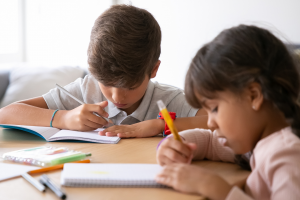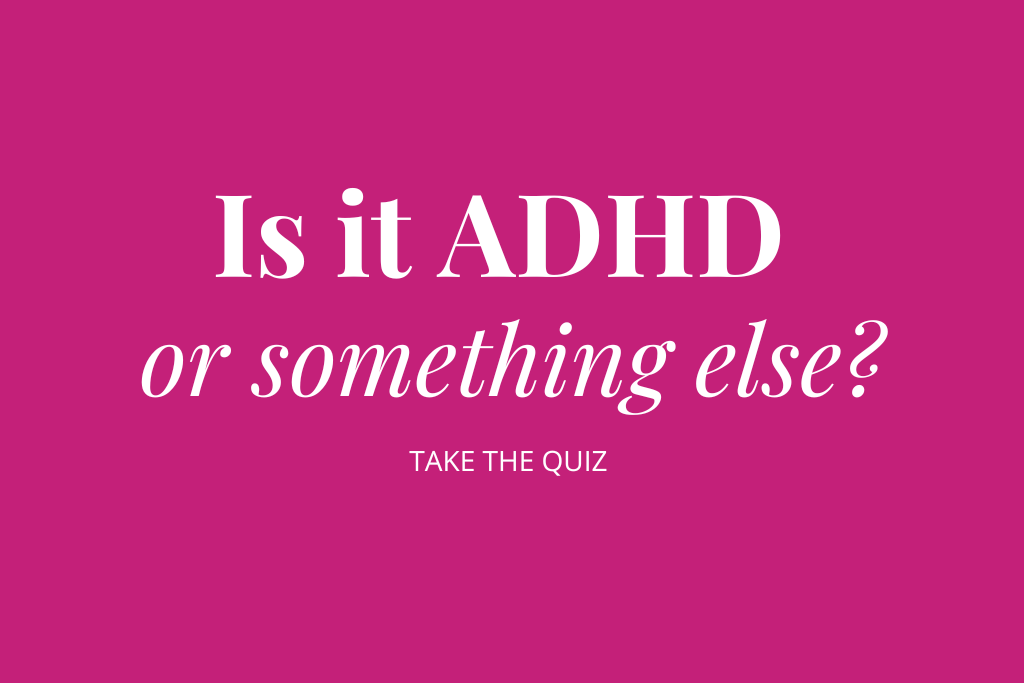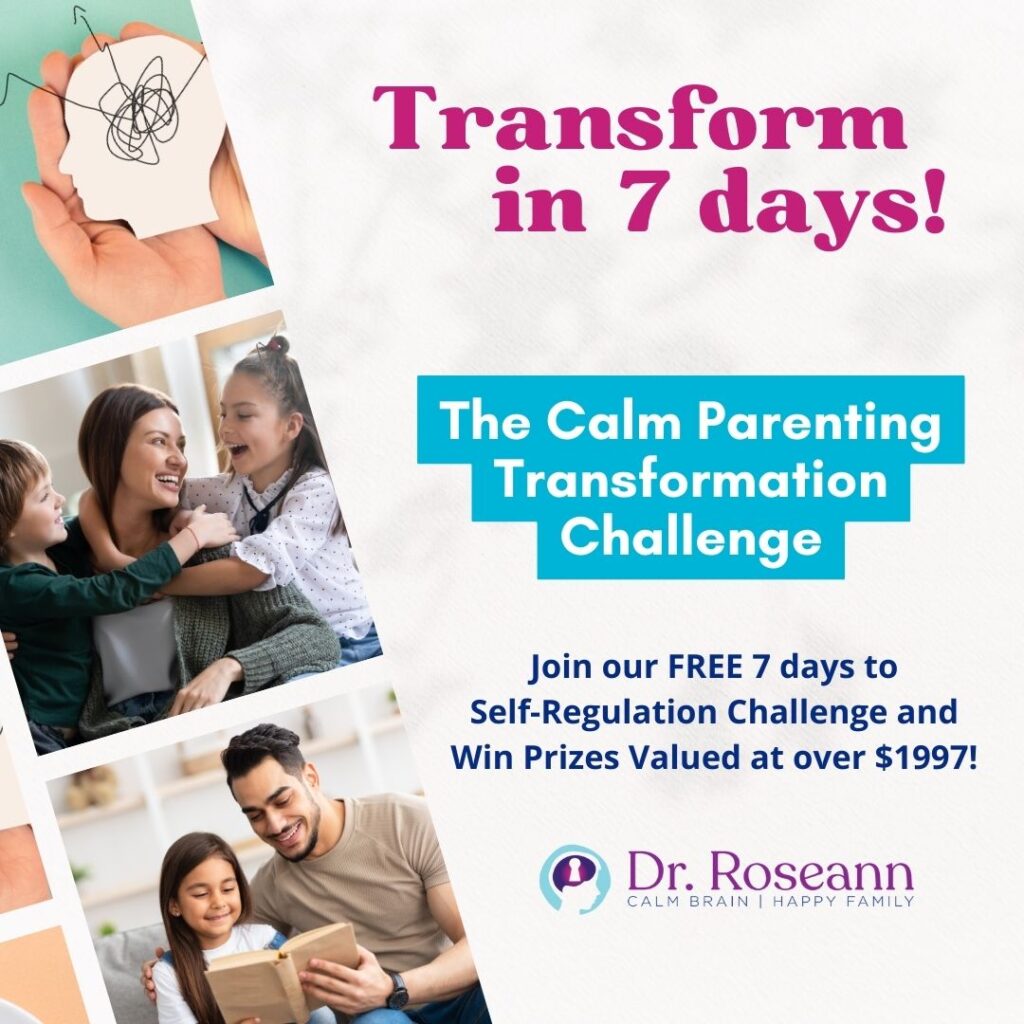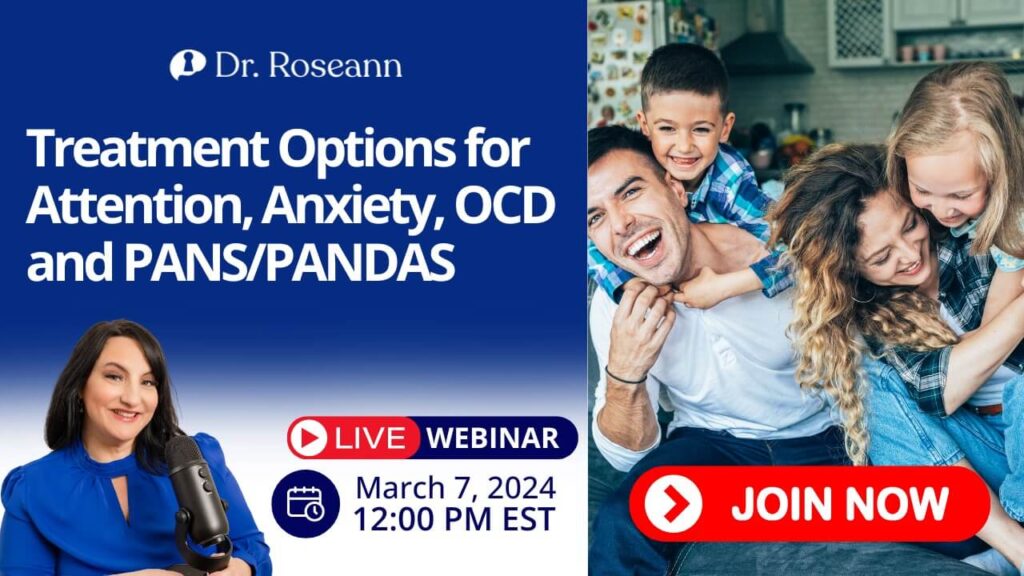ADHD/ADD Treatment
What does ADHD look like?
Those with ADHD have difficulty with self-regulation, which can impact their ability to focus, concentrate and control impulses. It isn’t that they can’t ever focus, rather they hyper-focus on areas of interest but are unable to focus in non-preferred or “boring” areas.
Other symptoms can include distractibility, difficulty controlling emotions and managing frustration, hyperactivity, friendship and relationship difficulties, and problems with working memory, time management, organization, and executive functioning.* ADHD starts in childhood and persists throughout life.
ADHD is a commonly misunderstood or misdiagnosed mental health condition. People often think that children or teens with attention difficulties always have the brain-based disorder ADHD. But there are many things that can interfere with our focus and attention.
Other mental health conditions, such as anxiety and obsessive-compulsive thinking and even bad sleeping habits, can make it difficult for children and teens to focus or pay attention. So, just because your child can’t focus, doesn’t mean that they have ADHD. It’s important to look at the actual cause of the problem to find the right solutions to make your child or teen successful in school, at home, and in social situations.
clinical guide:
Clinical Guide: ADHD/ADD

Just because your child can’t focus, doesn’t mean that they have ADHD.
Attention-Deficit Hyperactivity Disorder (ADHD) is a mental health condition affecting millions of teens and children all over the world.
CASE STUDY:
Case Study:
ADHD/ADD
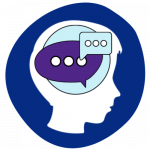
11-year old boy diagnosed with ADHD and executive functioning deficits
Ethan is a 11 yr-old boy with a history of difficulties with attention, alertness, distractibility, task completion, listening, sensory processing, and restrictive eating.

How we can treat ADHD/ADD
Neurofeedback and Biofeedback are research-tested, non-medication, and holistic approaches. More than 3,000 studies since the early 1970’s support the effectiveness of Neurofeedback in treating ADHD.
What are the Symptoms of ADHD?
When determining ADHD in children, physicians or psychologists have to determine if the DSM criteria are met. ADHD symptoms should be present in the child before age 12 and should present in a persistent pattern.
Inattention ADHD Symptoms
To determine if the child (16 and under) is of the inattentive ADHD type, at least six of the symptoms below have occurred. For teens 17 years old and above, including adults, five or more symptoms should appear. These symptoms should persist for at least 6 months, and they are inappropriate for developmental level:
- Often fails to give close attention to details or makes careless mistakes in schoolwork, at work, or with other activities.
- Often has trouble holding attention on tasks or play activities.
- Often does not seem to listen when spoken to directly.
- Often does not follow through on instructions and fails to finish schoolwork, chores, or duties in the workplace (e.g., loses focus, side-tracked).
- Often has trouble organizing tasks and activities.
- Often avoids, dislikes, or is reluctant to do tasks that require mental effort over a long period (such as schoolwork or homework).
- Often loses things necessary for tasks and activities (e.g., school materials, pencils, books, tools, wallets, keys, paperwork, eyeglasses, mobile telephones).
- Is often easily distracted.
- Is often forgetful in daily activities.
Hyperactivity and Impulsivity Symptoms
Six or more symptoms of hyperactivity-impulsivity occurring for children up to age 16, or five or more for adolescents 17 and older or adults; symptoms of hyperactivity-impulsivity have been present for at least 6 months, to the extent that is disruptive and inappropriate for the person’s developmental level:
- Often fidgets with or taps hands or feet, or squirms in their seat.
- Often leaves the seat in situations when remaining seated is expected.
- Often runs about or climbs in situations where it is not appropriate (adolescents or adults may be limited to feeling restless).
- Often unable to play or take part in leisure activities quietly.
- Often “on the go” acting as if “driven by a motor.”
- Often talks excessively.
- Often blurts out an answer before a question has been completed.
- Often has trouble waiting his/her turn.
- Often interrupts or intrudes on others (e.g., butts into conversations or games).
Our Science-backed Solutions
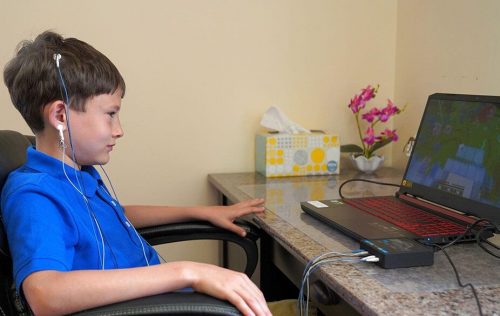
How can Neurofeedback help?
Neurofeedback teaches the brain self-regulation, something people with ADHD lack, in a pleasant yet highly effective way. They typically have too many unfocused brain waves and not enough focused brain waves. Neurofeedback can alter the amount of and ratios of these waves to help retrain the brain and therefore reduce symptoms.
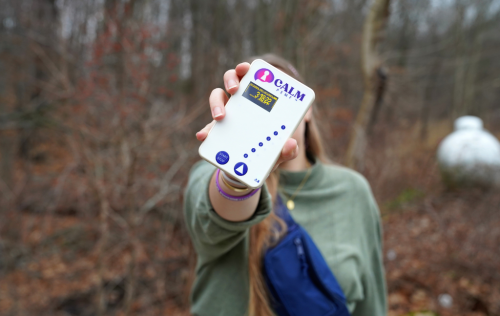
How can Biofeedback help?
Biofeedback is designed to help the Central Nervous System (CNS) to calm down so one can more readily engage. For those with ADHD, their CNS is often easily under stimulated or overstimulated. Biofeedback uses subtle changes in the body to consciously register mindful acts leading to self-regulation.*
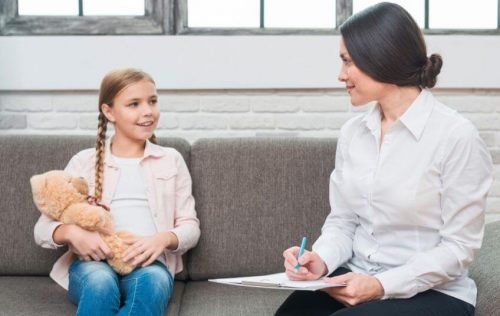
How can counseling help?
Behavioral therapy, parent coaching, and executive functioning training gives you the tools to learn new, more productive ways to deal with behaviors. We combine psychoeducation with research-based tools that empower parents and children for change.
Latest Blog on ADHD/ADD
Latest Podcast on ADHD/ADD
Why Dr. Roseann for ADD & ADHD?
Dr. Roseann is a Psychologist who works with children, teens and young adults from all over the US supporting them with research based and holistic therapies that are bridged with neuroscience.
Dr. Roseann is a Board Certified Neurofeedback (BCN) Practitioner and is a Board Member of the Northeast Region Biofeedback Society (NRBS) and Epidemic Answers.
She is also a member of the International Society for Neurofeedback and Research (ISNR) and The Association of Applied Psychophysiology and Biofeedback (AAPB).
Here’s What Children and Families Are Saying About Working With Us!


Need help with ADHD/ADD for your child and family?
We’ve helped over 10,000+ children, teens, and young adults find relief, calm the brain, and lead healthy lives. If you’re worried that your current path is not getting to the bottom of the issues…all you need to do is fill out our solution matcher. We’ll let you know which of our solutions is right for your child and family.

